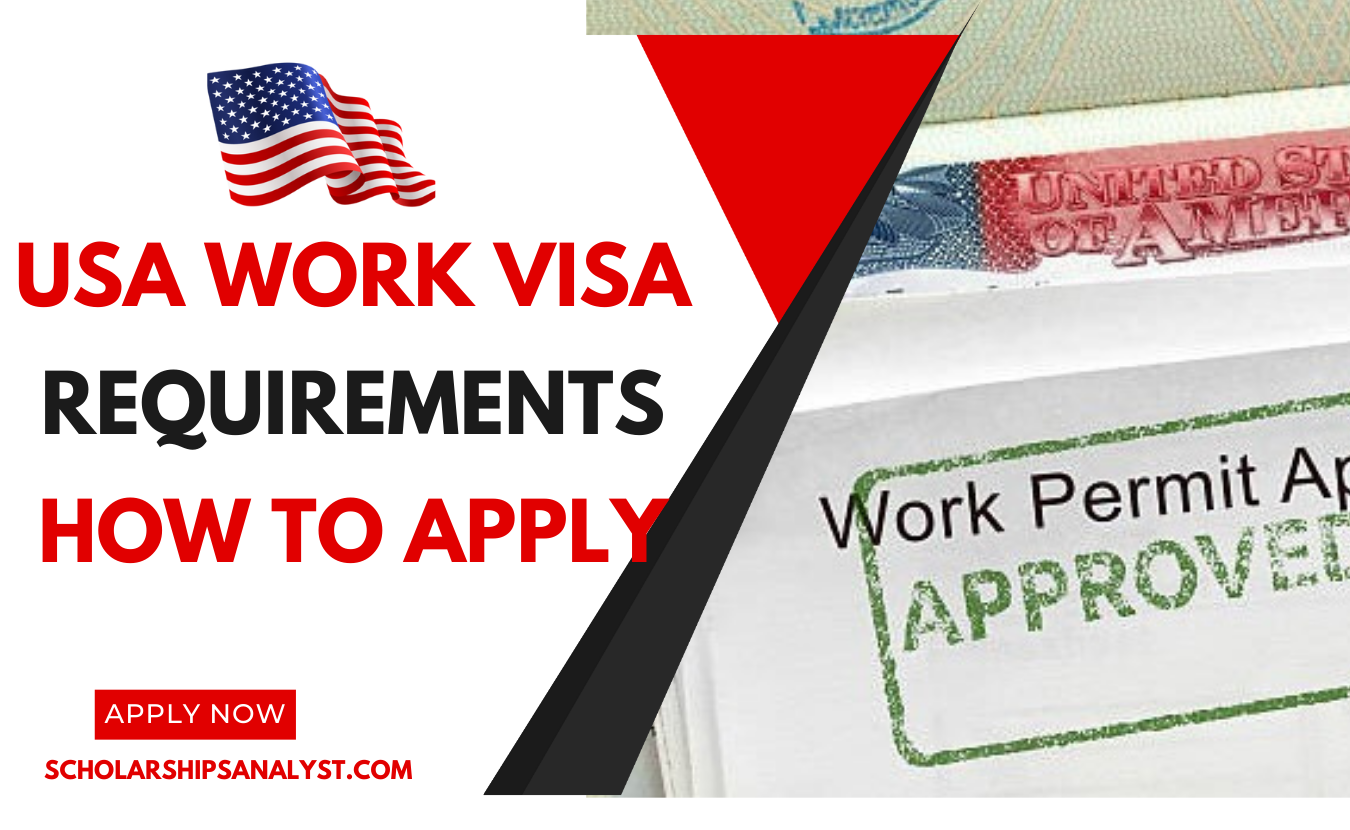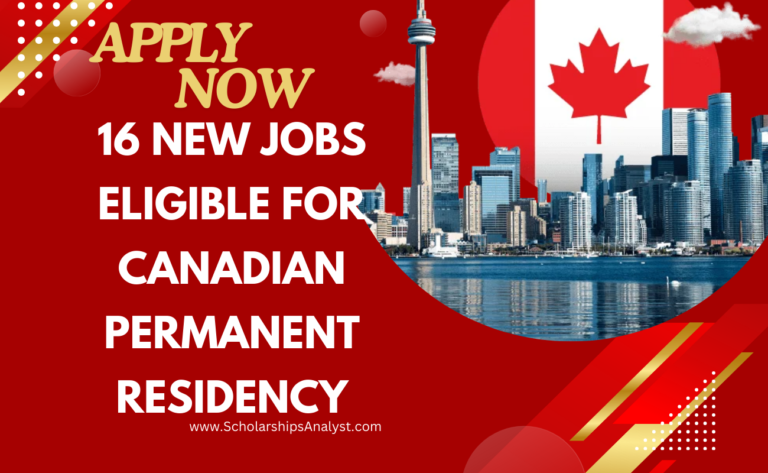Table of Contents
The United States is the world’s largest economy, and this position is maintained in large part by foreign workers. There are several visa options available for non-U.S. nationals who want to work in the U.S. This guide gives an overview of U.S. visas and their eligibility requirements to help applicants navigate the complicated immigration process.
Many professionals around the world dream of building a career in the United States. In order to make this dream come true, you need an employment-based Visa. It doesn’t matter if you want a temporary visa for work or a permanent green card. Having the right information and assistance will help. Explore the various types of U.S. visas for work and how to apply.
There are different types of U.S. work visas
The following is a list with the work visas that are available to those who wish to work in America:
- C-1 D Visa: Awarded to crew members of airlines and shipping companies that need to enter the U.S. on a work-related basis.
- E-1 visa: Individuals working for companies that engage in substantial trade with the U.S. (goods and services).
- E-2 visa: For non-US citizens who have invested a large amount of money in the U.S.
- H-1B visa: Highly skilled workers often require a Bachelor’s Degree or equivalent qualifications.
- I visa: Available to journalists or representatives from foreign media who travel to the U.S. on business.
- L-1 visa: Allows executives, managers or specialists to work in U.S. offices.
- O-1 visa: Visa for individuals with exceptional abilities in the fields of science, arts, education, sports, business or media.
- P visa: For athletes, artists or entertainers who are coming to the U.S. for specific events.
- TN visa: Work visa for Canadians and Mexicans under the NAFTA agreement.
Visa Application Requirements
Be sure to have these documents at hand before attending your visa interview:
- DS-161 Form This is the online application for nonimmigrant visas.
- Receipt for Visa Application Fee: A proof that you have paid the required fee.
- Visa Photo A passport-size photo that meets visa photo requirements.
- Approval of Employer’s Petitions For visas such as H-1B you will need the petition number on your employer’s petition approved (Form I-797 or I-129).
- Valid passport: Make sure your passport is valid at least six-months beyond the period of time you plan to stay in the U.S.
- Form 129S Required for L Visa Applicants (Nonimmigrant Petitions Based on Blanket L petition).
It’s important to confirm the specific requirements with the U.S. Embassy or Consulate in your country. For example, H-1B visa applicants and L visa applicants must show proof that they intend to return home after their temporary work in the U.S.
The Benefits of U.S. work visas
The U.S. Work Visa has many benefits for both the employee and U.S. Economy:
- Medicare and Social Security Contributions As part of the U.S. system for social security, workers contribute towards a fund which supports retirement benefits, income in case of disability, and survivor’s benefits. Employers and employees each contribute 6.2% up to a maximum of $160.200. Self-employed people contribute 12.4%.
- Unemployment Protection The Federal Unemployment Tax Act provides income support to workers who have lost their job but are actively looking for work. Employers pay 6% of an employee’s first $7,000 in annual earnings.
- Workers Compensation This insurance covers medical and wage benefits for employees who are injured or sick due to their work. Employers are required to pay into workers compensation programs in most states of the United States.
- Comprehensive Health Insurance : Although companies with less than 50 full-time workers are not required to offer health coverage to their employees, many of them do.
Visit to learn more about comprehensive health insurance coverage in the U.S.
U.S. Work Visa Application Process
Each visa category has different requirements, so there is no single process to apply for a U.S. Work Visa. The general procedure usually follows the following steps:
- Employer’s Petition In most cases your employer will have to file Form I129 (Petition of a Nonimmigrant worker) with the U.S. Citizenship and Immigration Services. After the petition has been approved, you may proceed with your visa request.
- Labor certification (if applicable) For certain visas such as H-1B and H-2, employers must first obtain certification from the U.S. Department of Labor. It ensures that the hiring of a foreign worker won’t negatively affect U.S. employees.
- Submission of Visa Application: Submit all documents required to support your visa application. Included are your passport, photos, the employer’s approval of your petition, proof of payment and your intention to leave after your temporary stay.
Final Interview and Processing time
After submitting your application, you’ll be invited to an interview in a U.S. consulate or embassy. Your visa approval will be determined by the interview.
Processing times vary according to the type of visa. Some visas can be processed in a matter of weeks while others may take several months. To avoid delays, it’s best to start the visa application as soon as possible.
USCIS and the U.S. Department of Labor both play a part in processing work visa requests. The time taken to approve a work visa can vary depending on the involvement of government.
Final Thoughts
The United States continues to be a popular destination for professionals from abroad seeking new career opportunities and growth. Understanding the different types of work visas available and the application procedure will help you navigate the U.S. Immigration system. Review the visa options available and submit your application as quickly as possible to begin working in the U.S.
Visit the website to learn more or start your U.S. Visa application. Here is a link to the article .




Leave a Comment